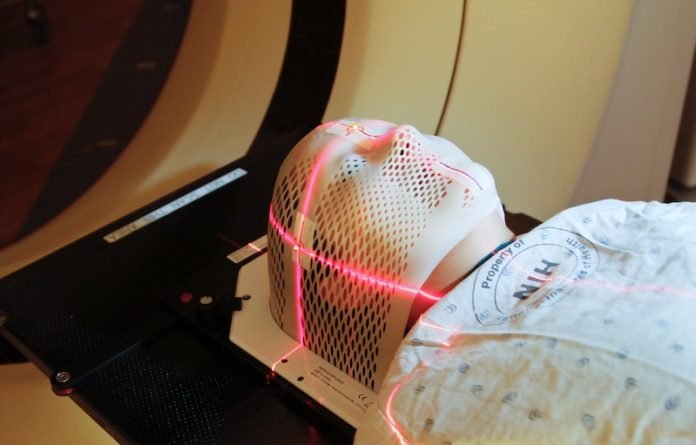
About one in five adults will develop long-term effects from COVID-19, according to the U.S. Centers for Disease Control and Prevention.
A recent study from the Indian Institute of Technology uncovered brain changes in patients up to six months after they recovered from COVID-19.
Neurological symptoms associated with long COVID include difficulty thinking or concentrating, headache, sleep problems, lightheadedness, pins-and-needles sensation, change in smell or taste, and depression or anxiety.
However, studies have found that COVID-19 may be associated with changes to the heart, lungs or other organs even in asymptomatic patients.
As more people become infected and recover from COVID-19, research has begun to emerge, focusing on the lasting consequences of the disease.
In this study, researchers used susceptibility-weighted imaging to analyze the effects that COVID-19 has on the brain.
Magnetic susceptibility denotes how much certain materials, such as blood, iron, and calcium, will become magnetized in an applied magnetic field.
This ability aids in the detection and monitoring of a host of neurologic conditions including microbleeds, vascular malformations, brain tumors, and stroke.
The researchers analyzed the susceptibility-weighted imaging data of 46 COVID-recovered patients and 30 healthy controls. Imaging was done within six months of recovery.
Among patients with long COVID, the most commonly reported symptoms were fatigue, trouble sleeping, lack of attention, and memory issues.
MRI results showed that patients who recovered from COVID-19 had significantly higher susceptibility values in the frontal lobe and brain stem compared to healthy controls.
The clusters obtained in the frontal lobe primarily show differences in the white matter.
Portions of the left orbital-inferior frontal gyrus (a key region for language comprehension and production) and right orbital-inferior frontal gyrus (linked to various cognitive functions including attention, motor inhibition, and imagery, as well as social cognitive processes) and the adjacent white matter areas made up the frontal lobe clusters.
The researchers also found a big difference in the right ventral diencephalon region of the brain stem.
This region is linked to many crucial bodily functions, including coordinating with the endocrine system to release hormones, relaying sensory and motor signals to the cerebral cortex, and regulating circadian rhythms (the sleep-wake cycle).
The researchers are conducting a longitudinal study on the same patient cohort to determine whether these brain abnormalities persist over a longer time frame.
The study was conducted by Sapna S. Mishra et al and published at the annual meeting of the Radiological Society of North America.
If you care about Covid, please read studies about hand size linked to risk of severe COVID-19, and Vitamin D level could determine COVID-19 severity.
For more information about health, please see recent studies about warnings about widely used diabetes drug metformin, and results showing vitamin D could help lower the risk of autoimmune diseases.
Copyright © 2023 Knowridge Science Report. All rights reserved.



